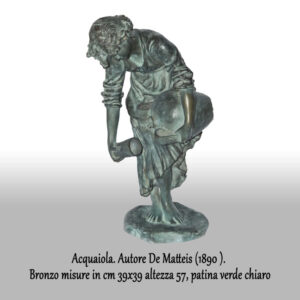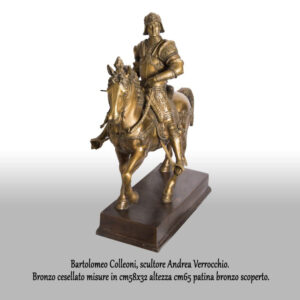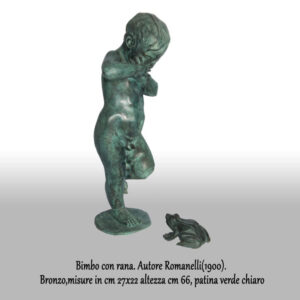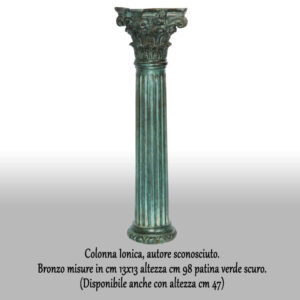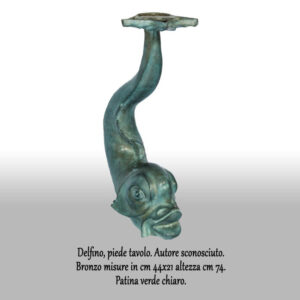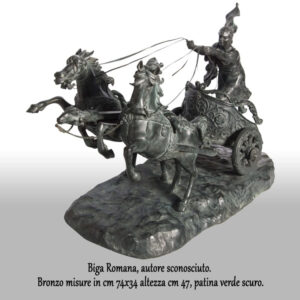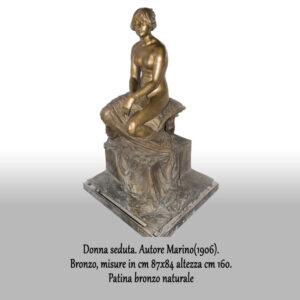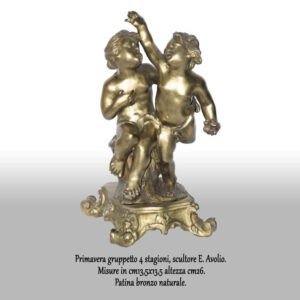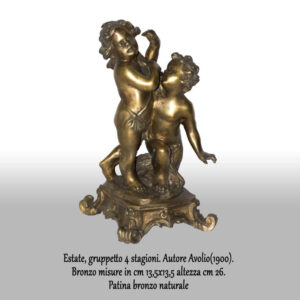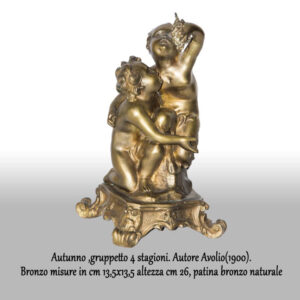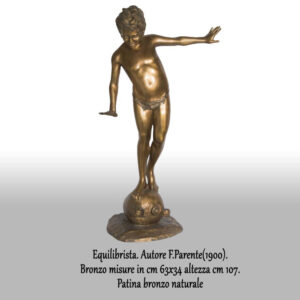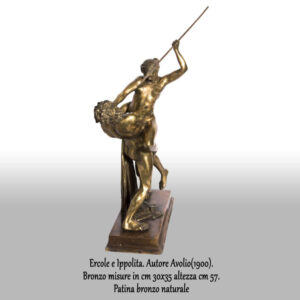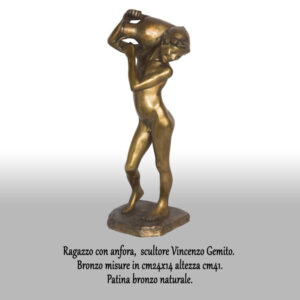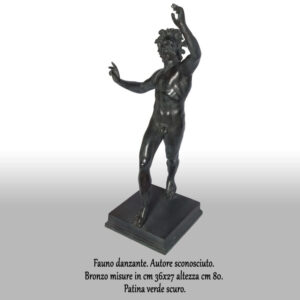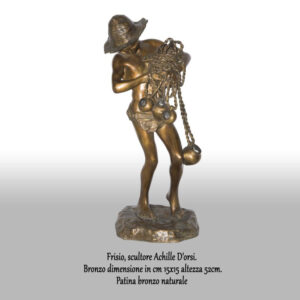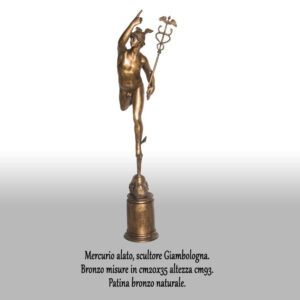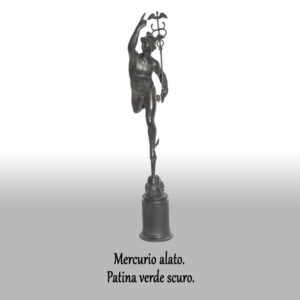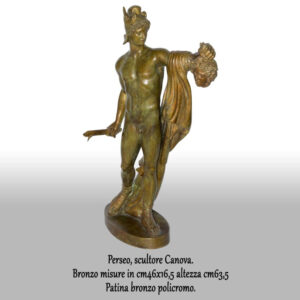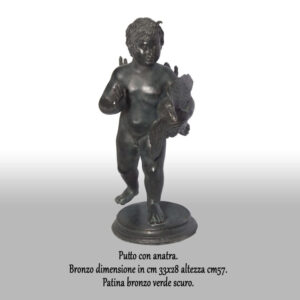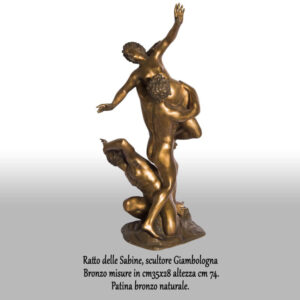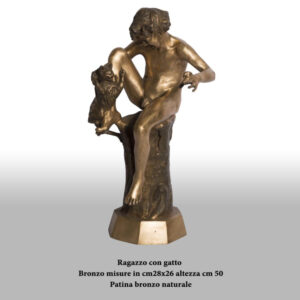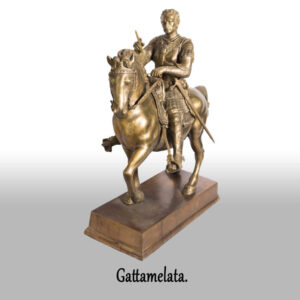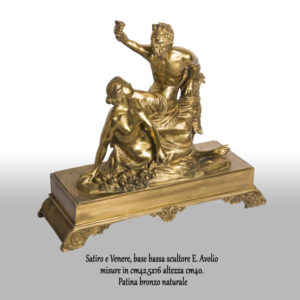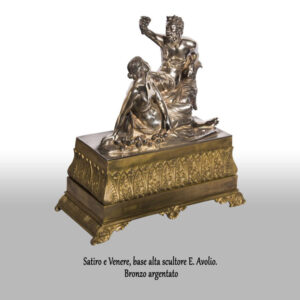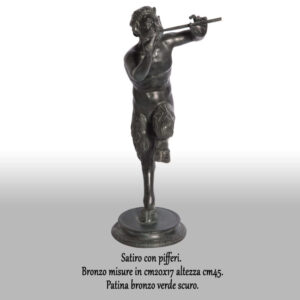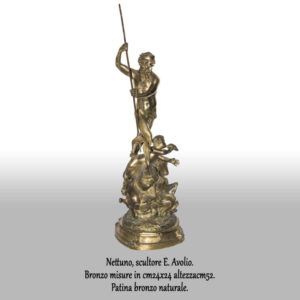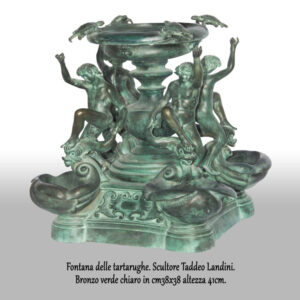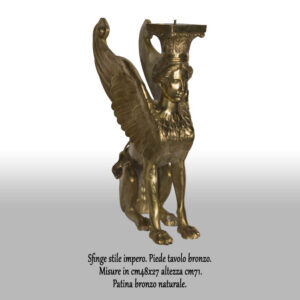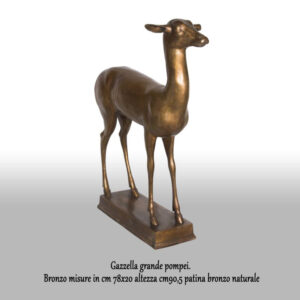ROMAN BIGA
THE TERM ROMAN BIGA (FROM THE LATIN BIS-IUGA) OR “TWO CHARIOTS” DESIGNATES AN ANCIENT WAGON PULLED BY TWO HORSES
The Biga’s structure was mostly in wood, with the aim of providing greater speed for military purposes and combat. Its sides carried a container, holding an ax on one side and bow and quiver on the other one.
Bigas were used since the early Iron Age, probably imported from Greek colonists. A noble biga, lined with bronze and iron rim, was found in a tomb at St. Mary of Capua. These ancient means of transport and combat were indeed famous in the Mycenaean civilization. From V to IV century BC, bigas often appear on Corinthian vessels and attics.
Bigas with metal foil decorations and richly carved figures testify the belonging to a nobleman, and they were probably created in the ‘400 BC.
Eventually, the use of the combat Biga was supplanted around the Vth century by the horse, more suitable in combat.
This bronze reproduction of an ancient Roman Biga exploits the very ancient process of wasted or lost wax, a melting technique, diffused especially in the Hellenistic-Roman age. Greek artworks, more than others, have actively exalted metal qualities. Through the wax pattern it’s possible to imprint on the metal every single detail and variation of shape in the work.
The pliability of wax allows a loyal reproduction of the original shapes, which will then be finished through chiselling. With chisel and burin, all the raw shapes, produced by the fusion, are recreated. This characteristic, typical of ancient bronze tecnique, is fully used in Di Giacomo’s foundry bronze artworks.
Each piece of art requires a careful, to guarantee who commissiones and buys the work a custom-made product. The dark green glaze seems to recreate the scene of bigas carousel, as if it happens in front of our eyes. Many choices are possible thanks to the lost wax cast technique, so as the various glazing styles. The possibilities for the glazing are endless, so that the final work is of the highest level.



